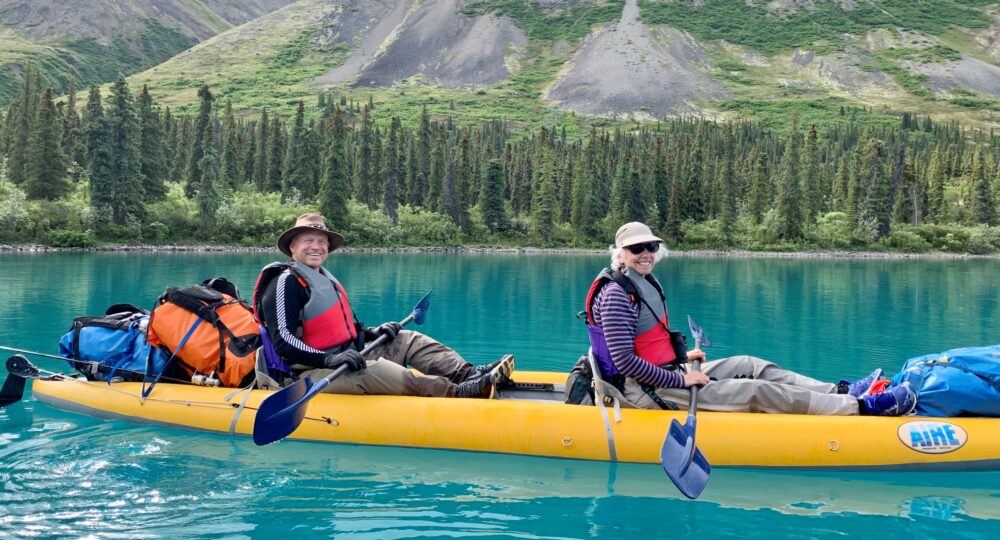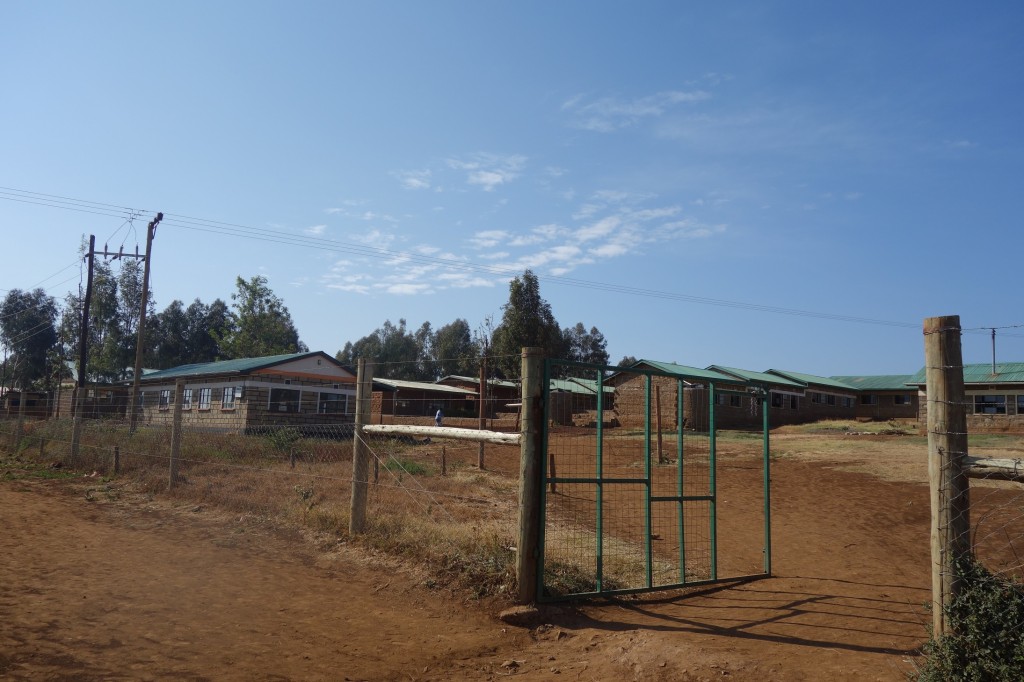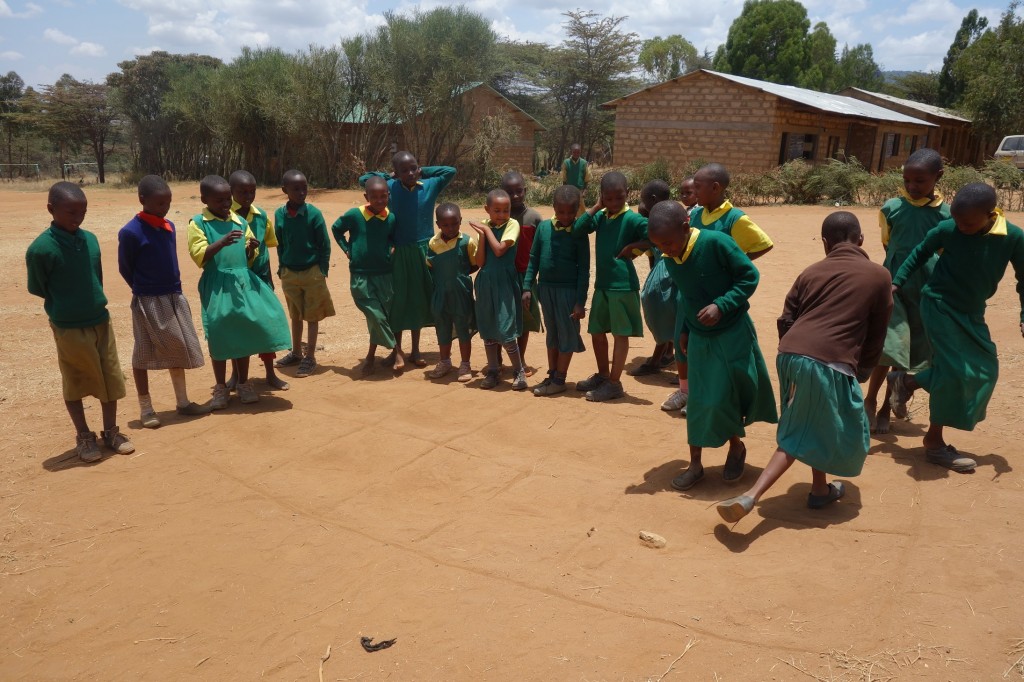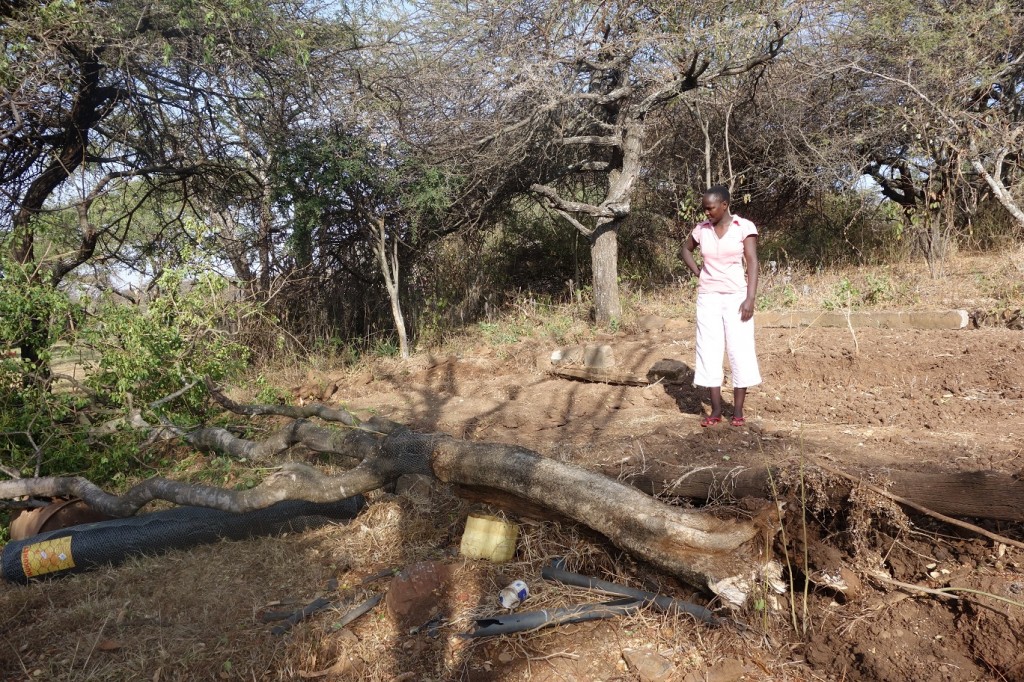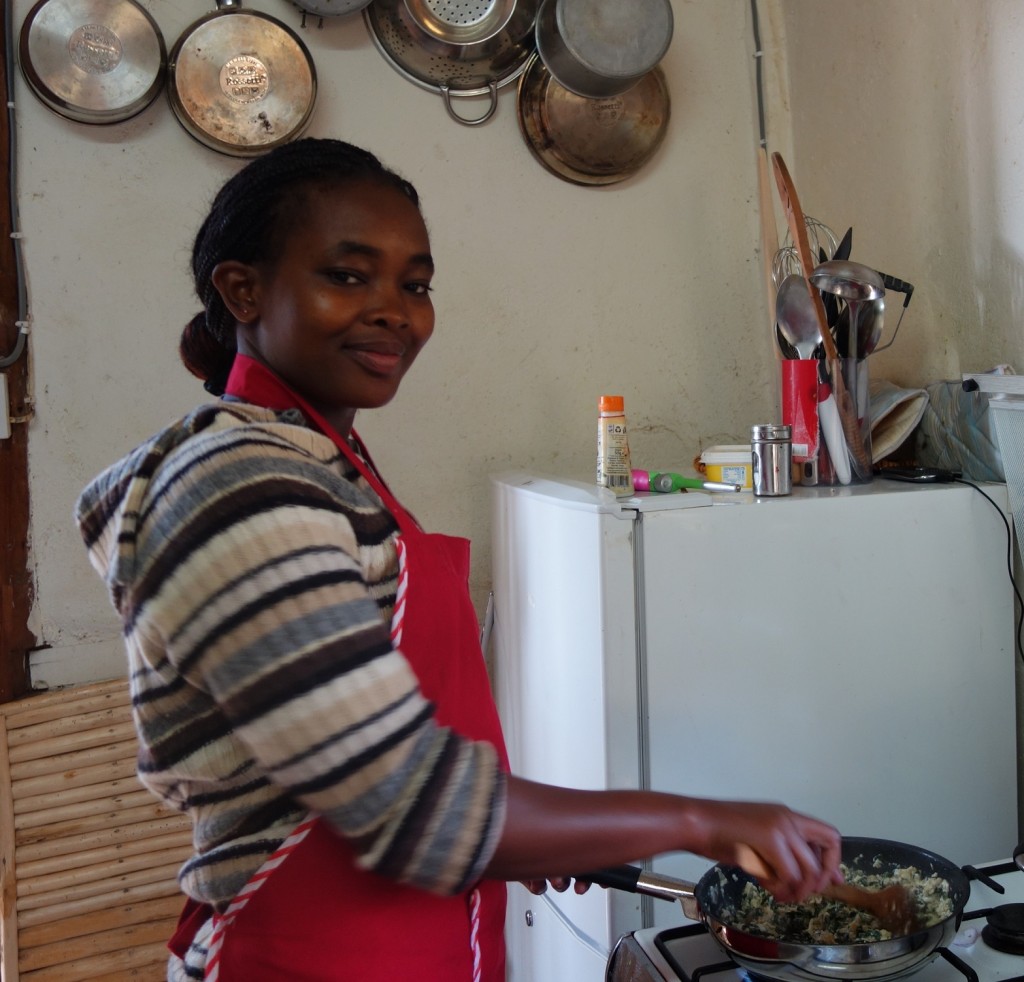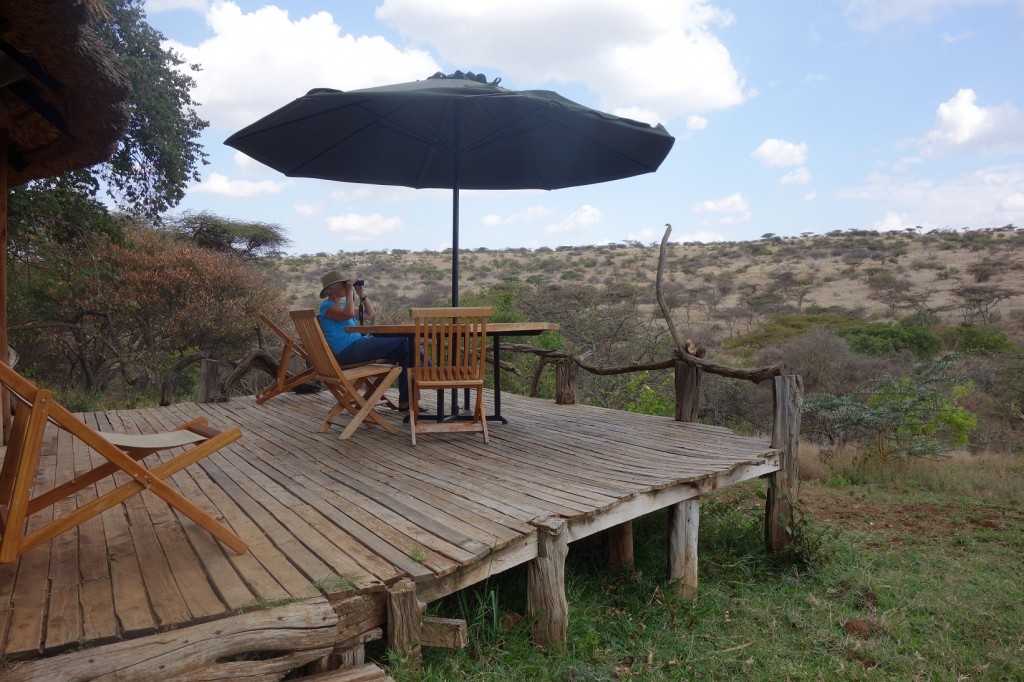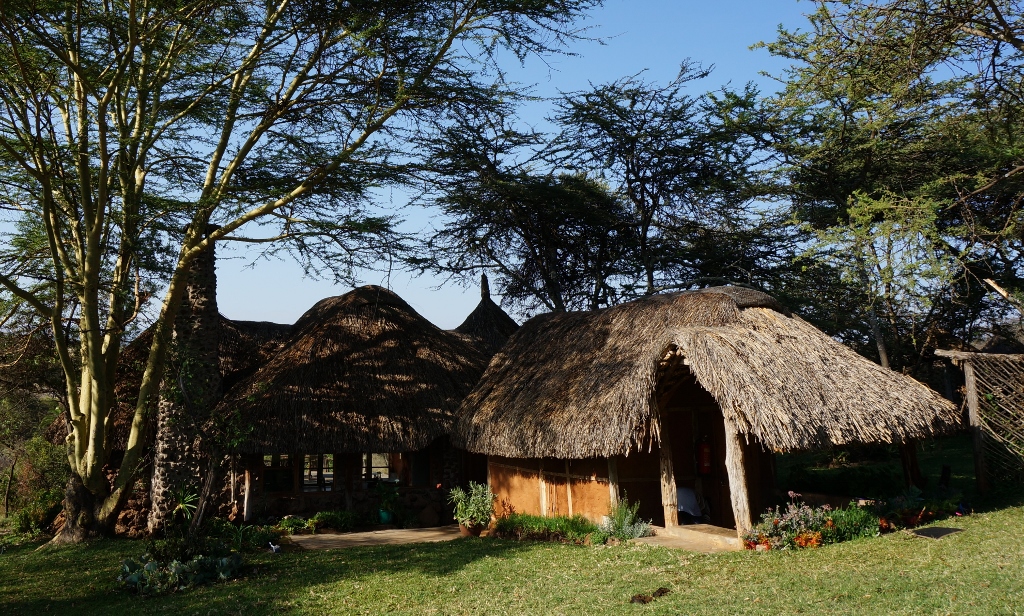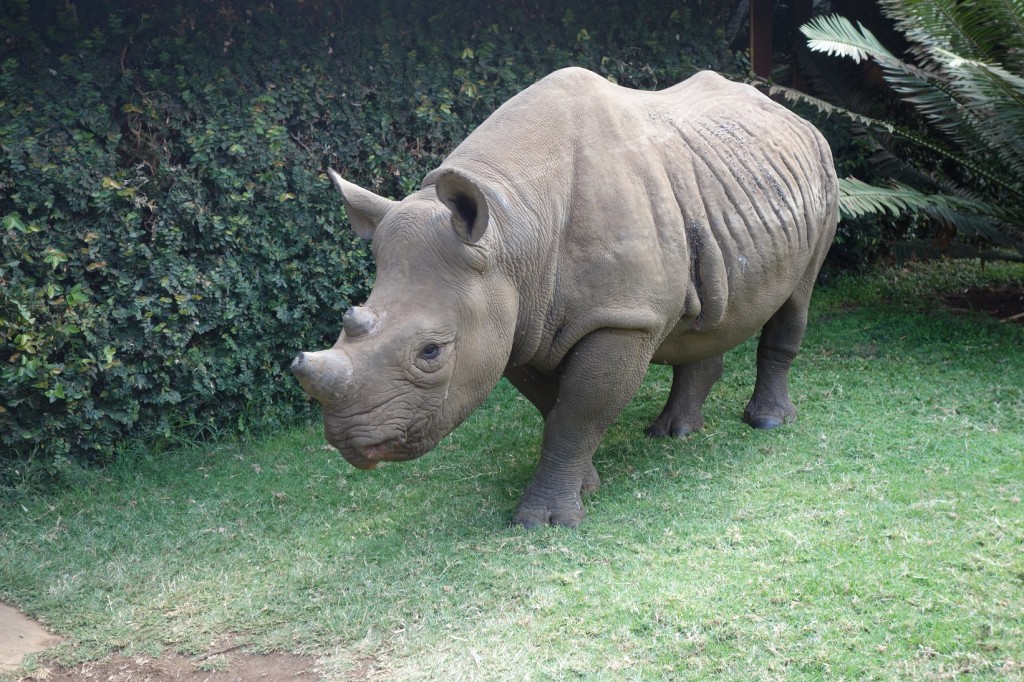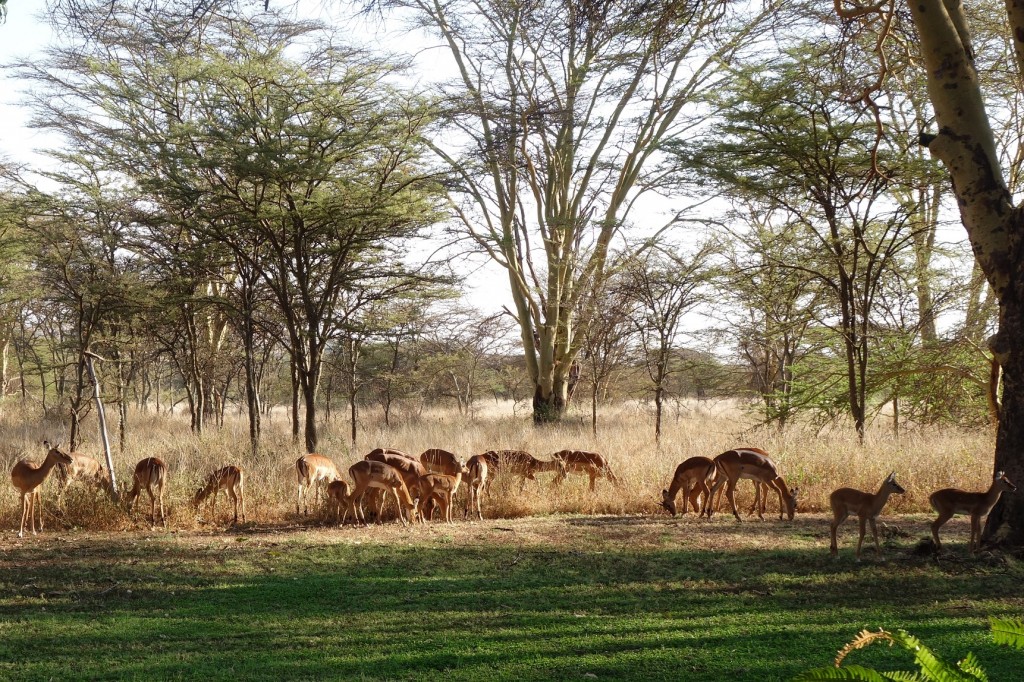My job here in Kenya is to work with the Northern Rangelands Trust’s (NRT) education program. The NRT currently works with 26 Community Conservancies. These Conservancies are self-governed entities that were admitted into the NRT after agreeing to implement specific governance, security and conservation activities (like elected local boards, cattle rustling prohibitions and anti-poaching measures). In return, the Conservancies receive money, training and services designed to improve their standard of living. That is where I come in. I am part of a project to develop a strategic plan for improving the access to education in the Northern Regions. I will blog more about that on another day.
The Lewa Conservancy established an education program, LEP (Lewa Education Program), in the late 90’s. My first task is to determine what the LEP is doing that is effective and can be replicated in the NRT. To do that I am visiting all 18 of the Lewa partnered schools and talking with the Principal (mostly), teachers, and students. I hear interesting stories. Here is one.
Continue reading
